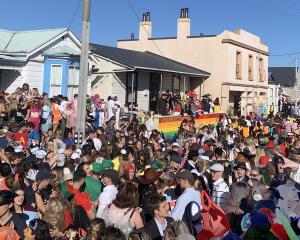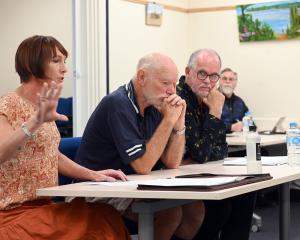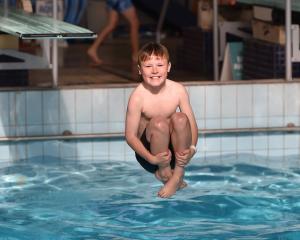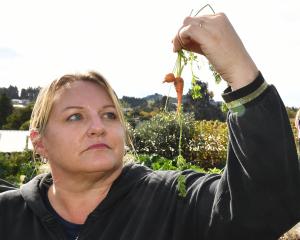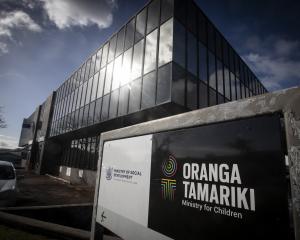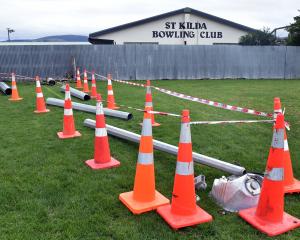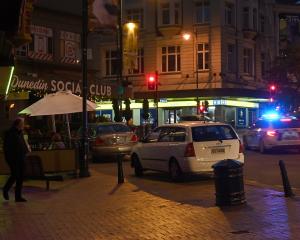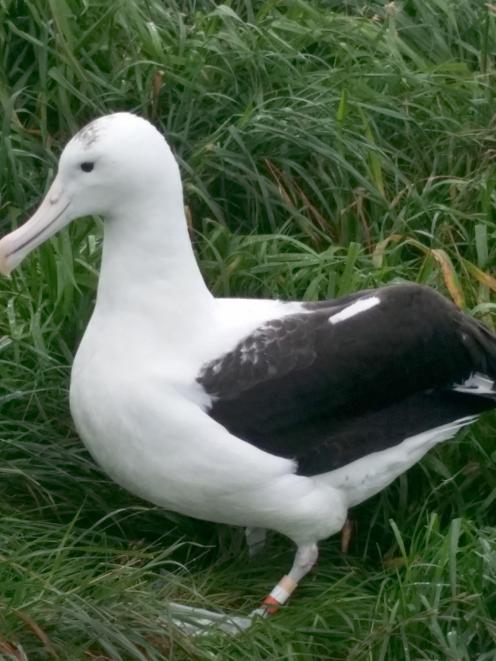
Otago Peninsula Trust marketing manager Sophie Barker said the bells would peal around the city at 1pm and a "welcome back" flag would fly outside the mayor’s office.
"Dunedin hosts the world’s only mainland royal albatross breeding colony which is a source of great pride and a symbol of the city — the wildlife capital of New Zealand.
"We hope that celebrating the return of the albatross and the anticipation of a new breeding season will be good therapy as we prepare to say goodbye to Tumanako the Royalcam albatross chick and his 22 fledgling cohorts, one of whom fledged last week."
The first bird to arrive back this season was Yellow White Orange (recorded as YWO), which arrived yesterday.
YWO, a female, was hatched in 1987 and first returned to Pukekura/Taiaroa Head in 1992, at the age of 5.
Department of Conservation ranger Jim Watts said there was always anticipation to see which bird would be the first to return, which birds returned to breed, would there be any first-time breeders, and most exciting was finding out which birds returned for the first time since fledging many years prior.
Royal Albatross Centre manager Hoani Langsbury said it was a wonderful time to visit the colony.
"Viewing is great as albatross renew their pair bonds with grooming and flying displays while also choosing a place to nest.
"We still have quite a number of chicks on view who are entertaining visitors with their wing exercises as they get ready to fledge.
"The adolescents will be in party mode, doing what teenagers do, impressing prospective mates, building pair bonds and showing off.
"This leads to impressive flying displays and ground parties — gamming."
The 2016-17 breeding season was very successful with 23 chicks raised.
The colony is home to more than 250 albatrosses which, once mature, breed every two years, he said.
More than 150 albatrosses returned in the 2016-17 season — a record 17 were returning for the first time.
There were 36 nests with eggs, and 25 chicks hatched, he said.




